PROTECT YOUR DNA WITH QUANTUM TECHNOLOGY
Orgo-Life the new way to the future Advertising by Adpathway
Hei Hei, my my, cross country bikes will never die! For 2025, Kona introduced the 10th generation of their Hei Hei XC/trail bike, and this version got a full frame and suspension overhaul. The Hei Hei has its heritage in XC racing, but Kona wanted to make it versatile enough for comfortable recreational trail riding, too.
The complete Hei Hei CR did not get a superlight setup with 2.4” tires, and it’s not a top-dollar build, so some upgrades would be ideal for those looking to race this bike. I was riding the Hei Hei on trails that are more suitable for long-travel trail or enduro rigs, but through all but the gnarliest rides, the bike did a fine job of handling the terrain.
Kona Hei Hei – Key Specs and Features:
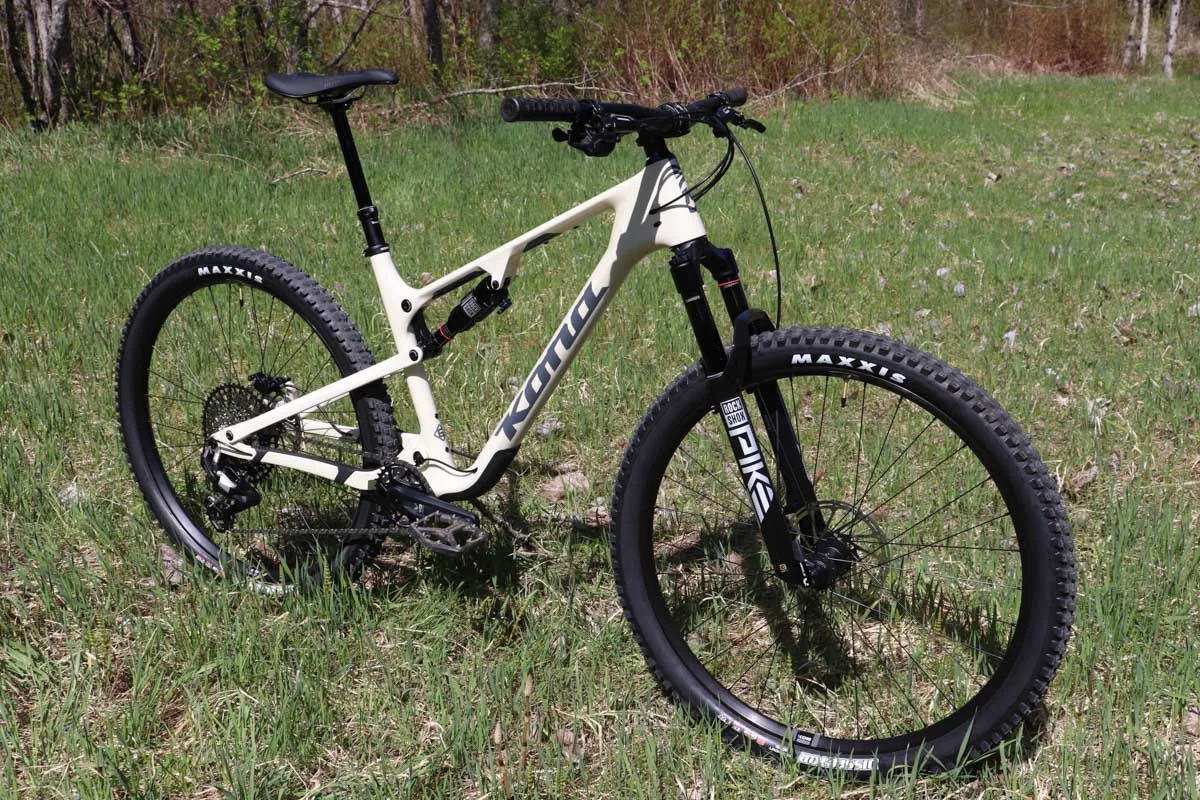
For a complete rundown of the Hei Hei’s features and specs, check out my launch article from this Spring. Here’s a quick summary of the bike’s key attributes: The 2025 Hei Hei offers 120 mm of rear travel and comes with a 130mm fork. There’s just one complete model available called the Hei Hei CR, which is built on a carbon frame (there is a frameset available too). The Hei Hei is designed to run 29” wheels only.
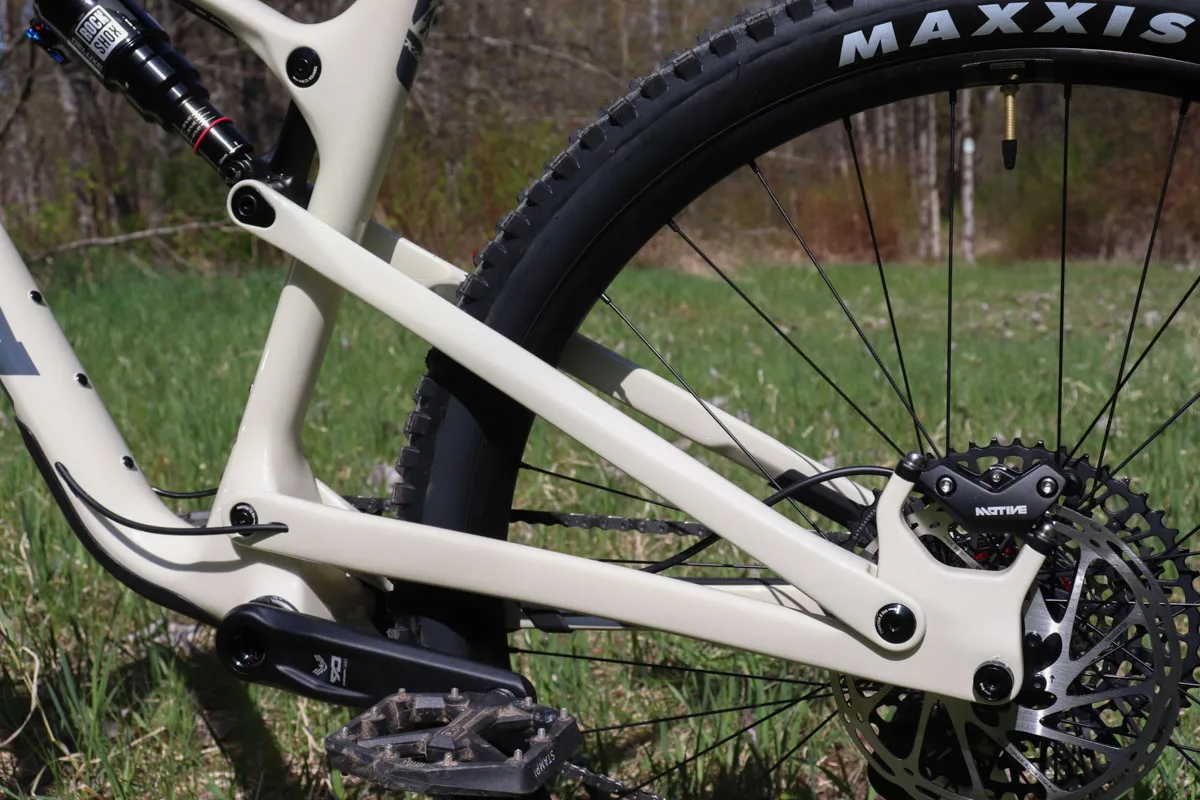
Kona updated their Swinger suspension linkage for the new Hei Hei, and it now uses a pivot at the seatstay/chainstay junction vs. the previous model’s flexstays. It also features a sleek single upper link that bolts to the inside of the top tube.

The Hei Hei offers a bunch of bottle/accessory mounts, so plenty of water and some on-board tools should be easy to accommodate. Kona gave the Hei Hei UDH-compatible dropouts, a Boost 148mm rear axle, and a PF92 press-fit bottom bracket. This 10th generation frame also offers a straighter seat mast to accommodate longer travel dropper posts.

The complete Hei Hei CR weighed in at 30.56 lbs with pedals. This is not particularly light for its class; The 2022 Rocky Mountain Element I rode had it beat at 27.9 lbs. The SCOR 2030 I tested in 2023, which was built to handle rough riding, weighed 30.78 lbs.
Ride Impressions – Geometry/Fit:

This is the first time I have requested a size large frame to ride, as the medium Hei Hei sits at 449mm reach. Since I have ridden 450mm reaches, and I really like my personal bike’s 464mm length, I decided to go long with the Hei Hei.
After many rides, I don’t think I could enjoy riding anything longer than the large Hei Hei’s 474mm front end. At 5‘10”, my arms aren’t overextended, but this bike leans me into a pretty aggressive riding stance. After riding a different bike, I hopped back on the Hei Hei and noticed my upper body working harder than usual. The reach was not an issue while climbing since the slope leans you into the bike naturally, but traversing and descending left a lot of weight on my shoulders and arms.
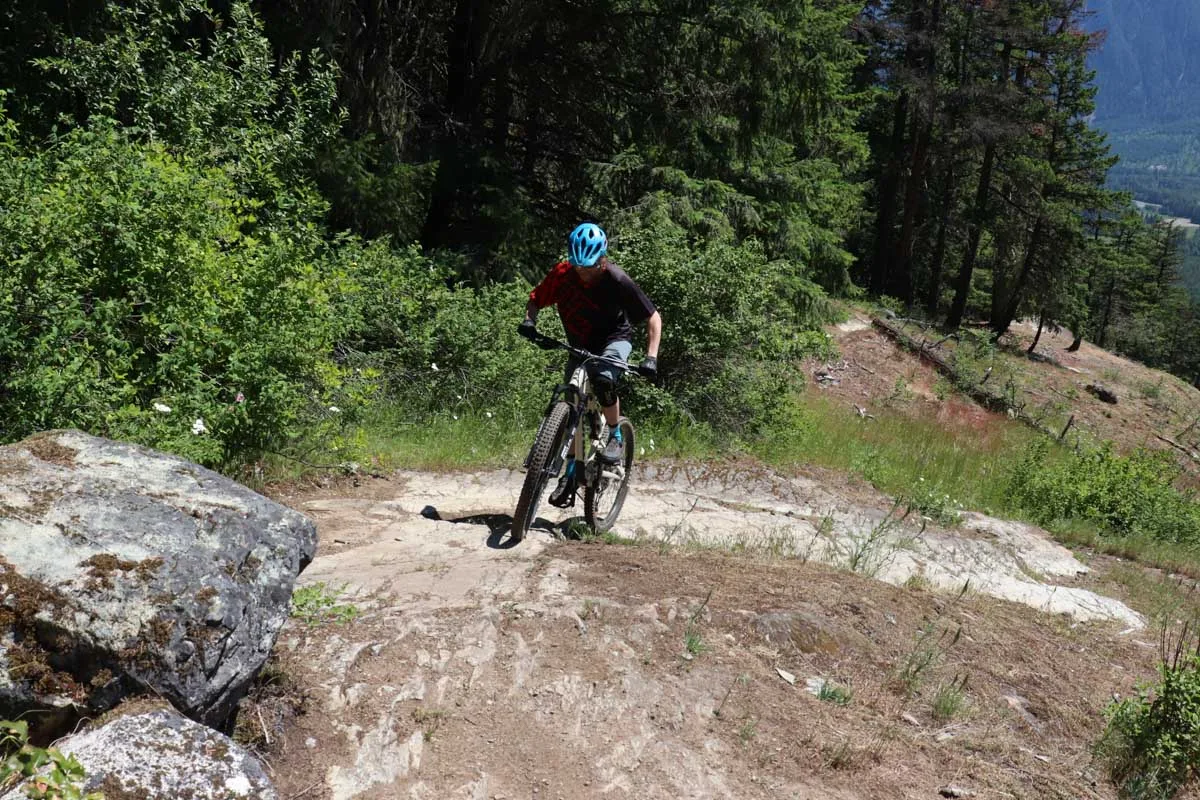
While climbing some steep uphill sections, I found the front wheel getting light on me. I realized the longer front requires a bit more body movement to shift my weight forward enough for solid front traction. With a little movement, I had no issues, but on slightly shorter frames, I don’t have to shift my weight as much to enjoy good traction from both ends.
I also couldn’t help but feel the bike’s front end length while turning. I’m happy Kona gave the Hei Hei CR a 40mm stem, but it feels to me like that front wheel is pretty far out. And it’s not the ‘out in front’ feel you get from a slack steering angle, as the Kona’s head tube is on the steeper side. Please note that while I felt I was reaching out for the handlebars too much, someone a few inches taller than me (a better fit for the bike) would not experience this. I took the chance of trying the large frame and unfortunately found it a bit lengthy.

Kona kept the Hei Hei’s rear end playful, with a chainstay length of 435mm. Due to the reach feeling long for me, I didn’t find it super easy to pull up the front wheel, but I did notice the bike hooked around corners nicely. Once you lean into a berm, you can feel the shorter rear end helping the Hei Hei follow your line.
With the frame’s generous reach, the Hei Hei’s wheelbase still feels lengthy despite the short rear end. This translates into good stability, and the faster you go, the more you feel it.
The Hei Hei CR’s standover height is not particularly low at 753mm, and the top tube is pretty horizontal. Despite having long legs, it doesn’t leave me much room. Unfortunately, the smaller sizes only sit 1mm lower, so medium or small frame riders might find that top tube a bit high.
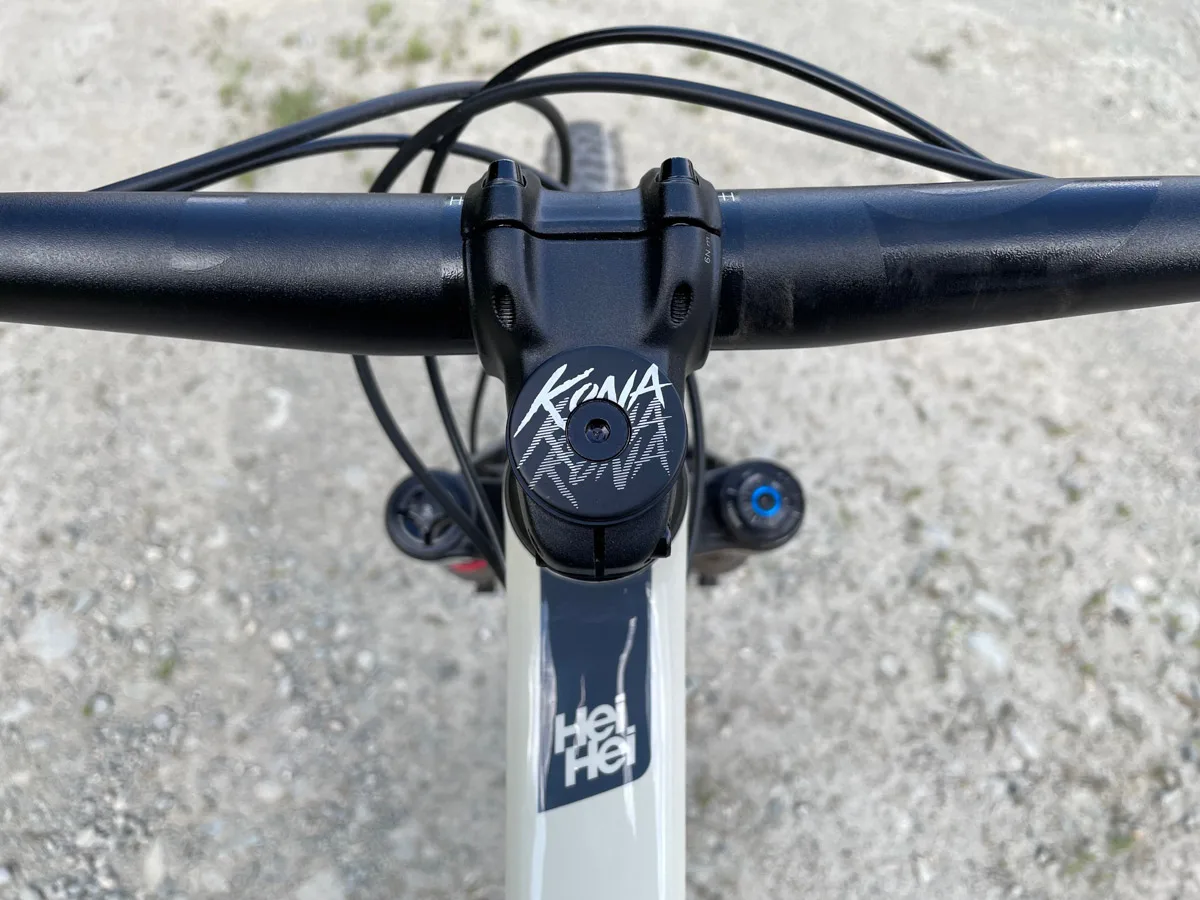
The Hei Hei’s 66° head tube angle is a bit steeper than I’d usually ride, and the difference was noticeable. For most trails, it wasn’t detrimental, but occasionally I opted not to ride super steep features like slabs or chutes on this bike.
Of course, for more moderate or XC-style terrain (the Hei Hei’s bread and butter), 66° is ideal. The bike whips around uphill switchbacks easily, and never feels twitchy at climbing speeds. While descending anything short of a notable trail feature, I rarely thought about the steeper head angle.

The 75.9° seat mast isn’t the steepest out there, but it doesn’t feel too slack. It still leaves you in a great position for comfortable and powerful pedalling. At 344mm, the Hei Hei’s BB Height is reasonably low, but not so low that pedal strikes became an issue.
Suspension – Climbing:

The Hei Hei CR is equipped with a RockShox Deluxe Ultimate rear shock, which I set up to factory recommendations. Please note this bike does not run ‘body weight = psi’, so I needed 175psi for my 140lbs weight.
Using the shock’s firm position, I typically hit about 50% travel while climbing moderately bumpy singletrack. Pedalling is very well supported with the shock firmed up, and initial sensitivity is still good enough to provide great traction. You will feel the rear wheel make contact with bumps and heave itself up and over larger obstacles, but the shock dulls those impacts just enough to ensure the rear wheel sticks to everything.
With the shock left open, the Hei Hei’s mostly linear spring rate allows you to use around 75% of the travel while climbing. Bump absorption is much better with the shock open, as impacts from rocks and roots feel nicely rounded off. Traction on rougher climbs is definitely better with the shock left open and the rear end more active. With no extra support from the shock the Hei Hei dips into its travel more easily, but the ride is more comfortable and the loss of efficiency is not too significant.
Descending:
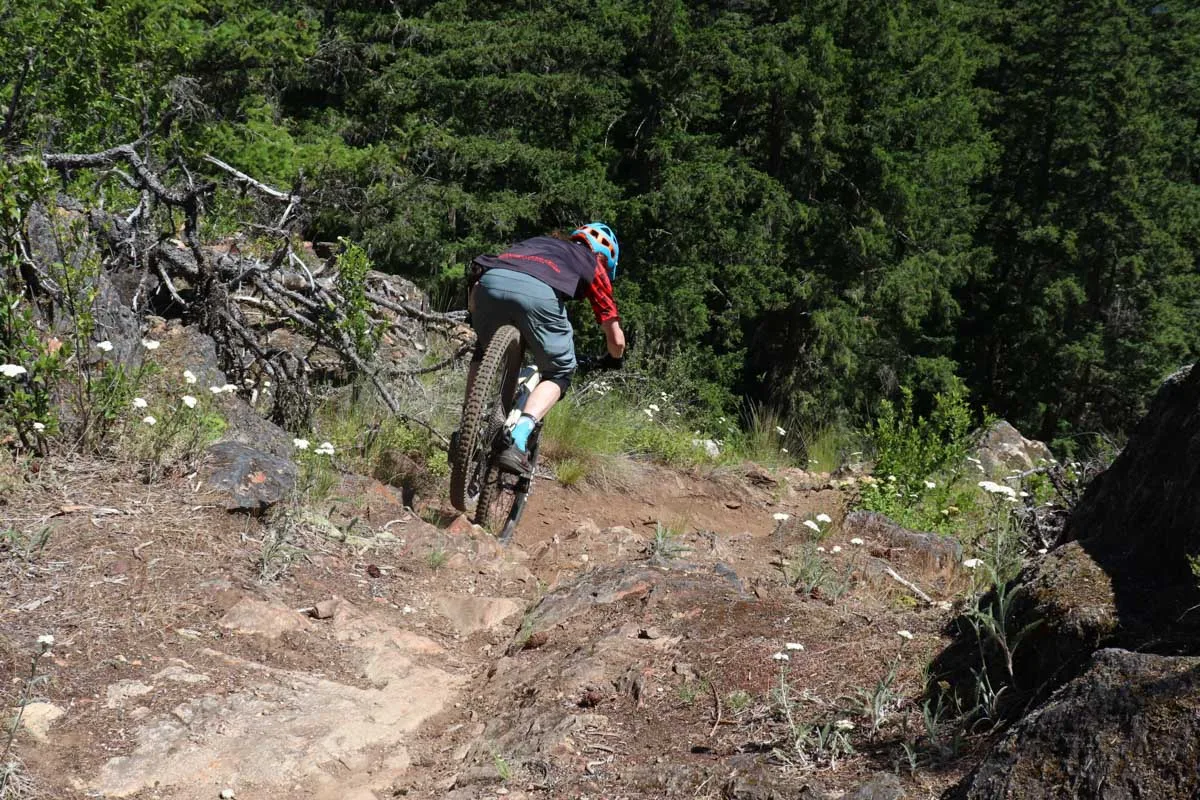
The Hei Hei CR’s rear linkage and RockShox Pike fork both fared pretty well on my home trails, with every lap bringing the o-rings to 98% travel. These trails are littered with medium-sized rocks and roots, plus some big compressions, but the bike took it all pretty well. The Hei Hei remains quite linear until the last bit of travel, then ramps up just enough to keep me from bottoming it out harshly.
The only limit to the Hei Hei’s suspension is the size of the bumps. Any roots or rocks up to medium size, whether rounder or sharper in shape, were absorbed nicely. I also found the rear end stayed stuck to chattery, repeated bumps quite well.
One day, I challenged the Hei Hei’s limits on North Vancouver’s trails, which were high-speed runs laced with toothy rocks and big roots. I don’t know these trails well, and thumping through the rough stuff, I bottomed out both ends of the bike on every lap. That’s not usually an issue for me! The Hei Hei’s suspension curve ramps up a bit at the end stroke, but on this ride, I easily pushed through that. I’d suspect heavier riders, or those riding in more technical areas, might benefit from adding a spacer to the rear shock. If you’re not being too rough with it, the Hei Hei’s tune should be ideal for maximizing traction without riding too softly.
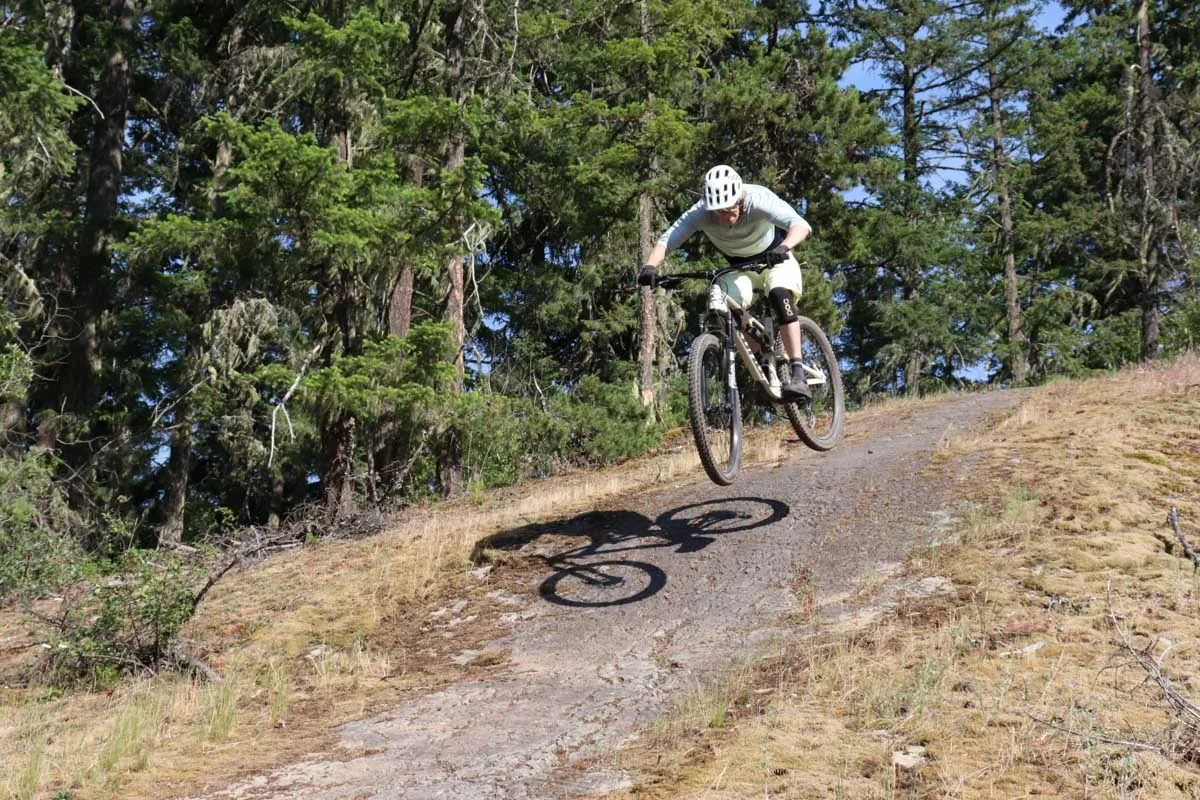
The Hei Hei’s linkage does provide good support, but since the shock curve is pretty linear, it comes a bit late in the travel. Given this is a short travel bike, that is fine with me as it gives up enough squish to keep the overall ride comfortable and grippy. You won’t simply push too deep into the travel while railing a berm or pumping through whoops though – There is enough support that beyond a point it’ll take a hit to compress the bike more.
The Hei Hei also has enough support to spring nicely off any proper lip, and hop easily with or without a little bump-jump, too. It was fun on the jumpy trails!
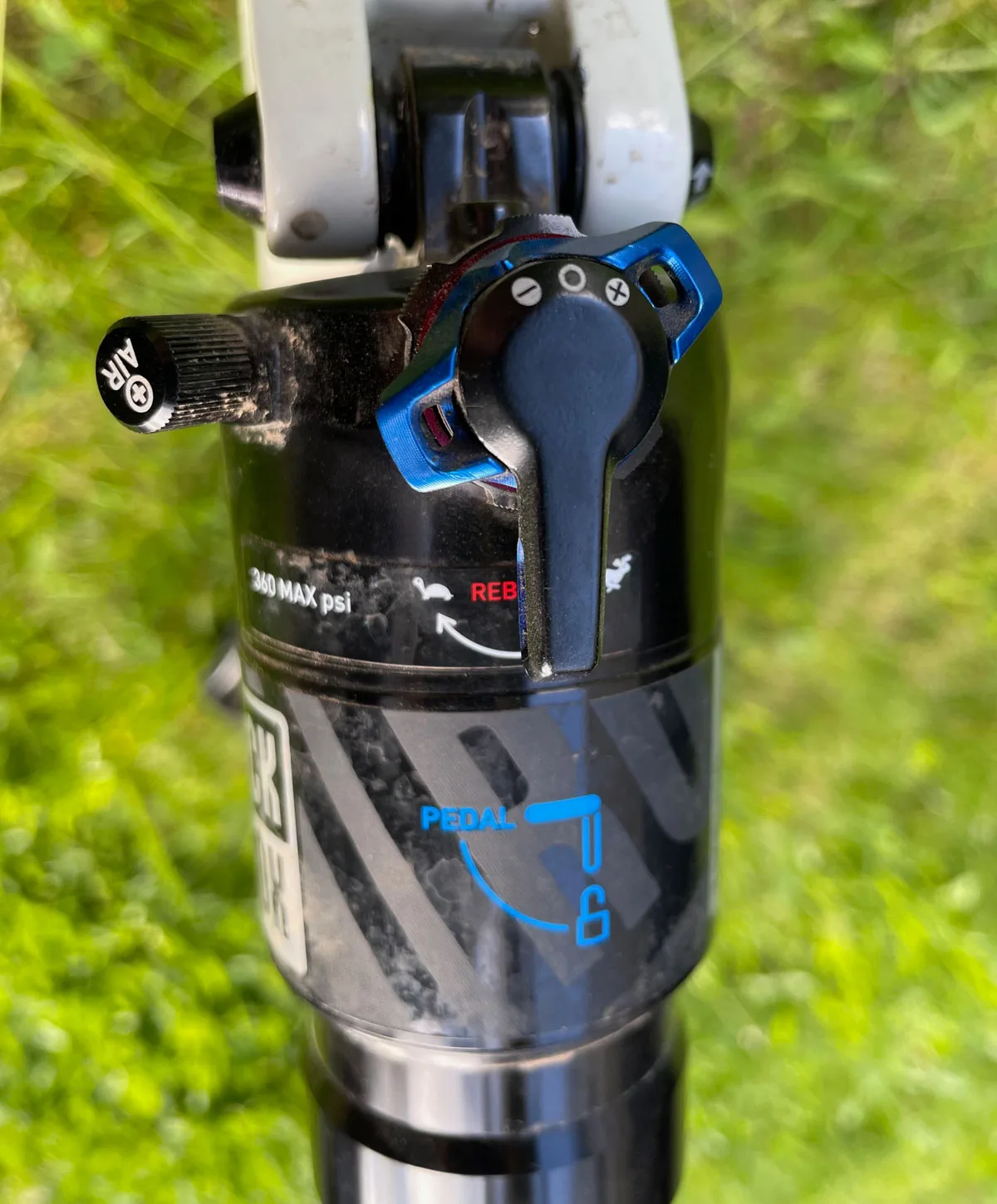
On my final test ride, I tried fiddling with the RockShox Deluxe Ultimate’s open mode adjustment. This adjustment provides slightly firmer, neutral, and slightly softer settings for the shock when in open mode. First, I tried the firmer mode while climbing. The difference is subtle, but I could tell there was a smidge more pedalling support, and bumps from the trail became a bit sharper and more pronounced. I could see some riders using this setting for climbing, but this adjustment makes a very small difference versus flipping the 2-position lever into firm mode. If you don’t find firming up the shock too stiff, you’ll likely stick to using that switch to maximize pedalling efficiency.
Entering a rocky section of trail with some well-known wheel thumpers, I tried the open mode adjustment in its softer setting. I was pleasantly surprised by the difference it made, and wish I’d tried it sooner! I nailed a few big rocks and the Hei Hei sucked up the impacts smoother than ever. The rear end felt a bit more plush than usual, so this setting could be the ideal setup for attacking rougher trails on this bike. This mode did not soften up the shock to the point that the bottom-out resistance changed at all, so you still have a little ramp-up fighting those cringe-worthy impacts.
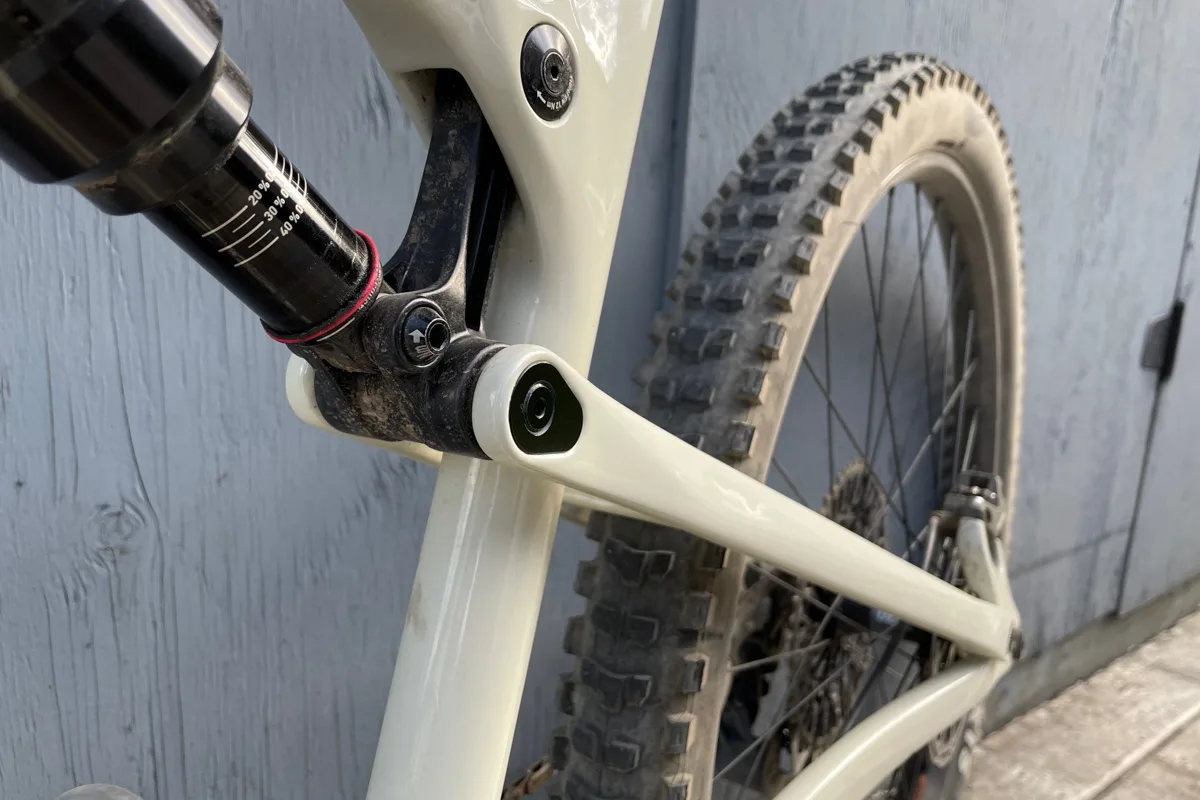
As far as frame stiffness I’m a small guy, so the bike definitely does not feel too flexy but there is an appreciable difference between riding the Hei Hei CR vs. a longer travel trail bike. The Hei Hei definitely gives up noticeable squirm when charging through roots and rocks. I found deflections are more obvious on the leaner bike, so it requires a bit more body language to keep you on-line in rough terrain.
Components:
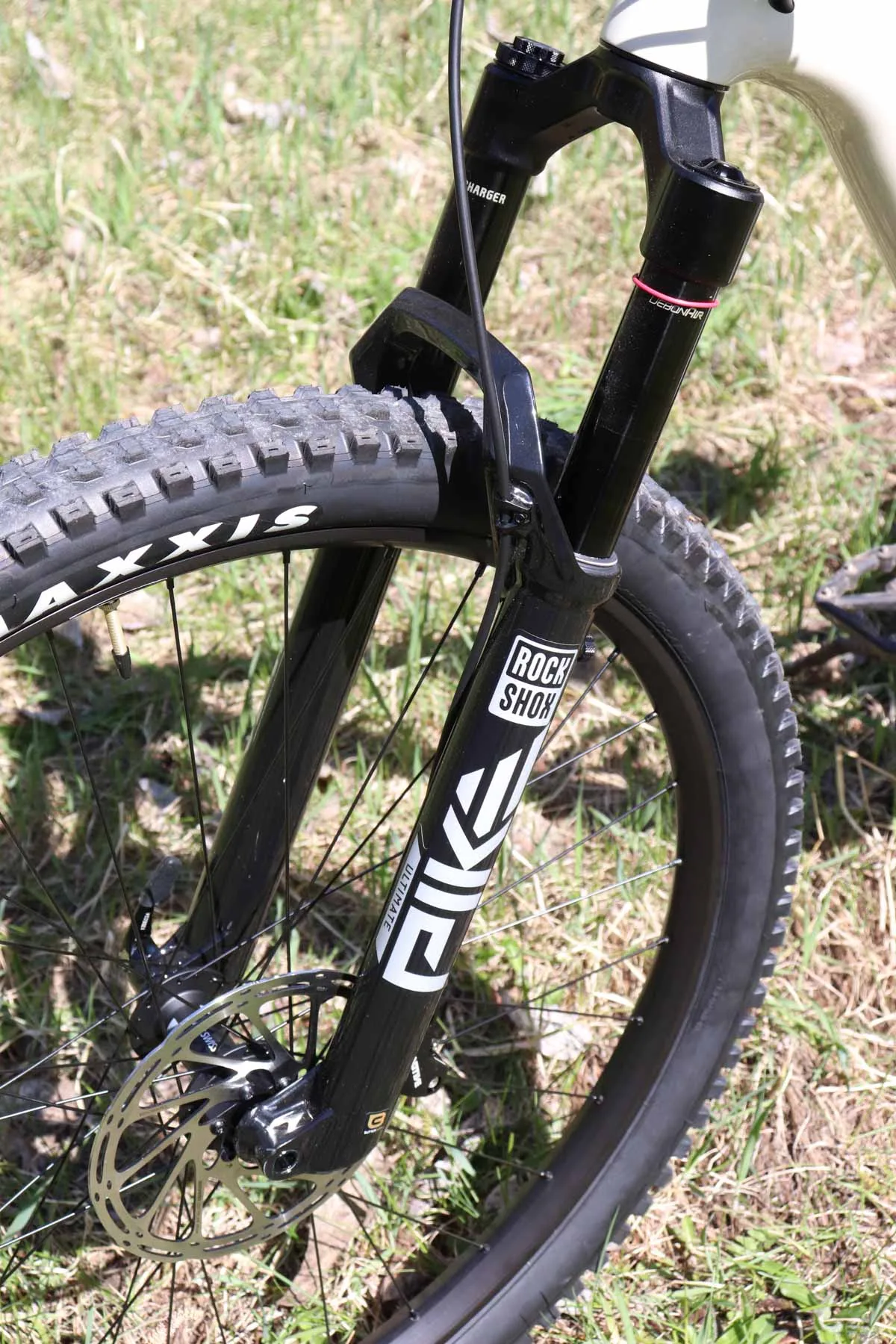
Up front, the Hei Hei CR gets a 130mm RockShox Pike Ultimate Charger 3.1 RC2 fork. I set it up as recommended, and with no tokens. As mentioned above, the fork was pretty well dialed, but for harsher terrain, adding a token would be ideal. The Pike is a good match for the Hei Hei in terms of stiffness, as it’s easily adequate but not overkill.

SRAM’s Eagle 90 mechanical transmission performed very well. I only got a few hesitant shifts as the cable stretched, but otherwise it was nearly perfect. The shifter has a crisp feel, and I still like the ergonomics of the two-paddle shifter despite getting comfortable with SRAM’s AXS pods.

The SRAM Motive Bronze 4-piston brakes have been perfectly consistent in terms of bite point and power output since day one. With 180mm Centerline rotors, I can’t say I found them amazingly powerful, but bear in mind I’ve been riding the incredibly strong Maven Ultimates recently. I’d say the Motives are easily ample for any rider, and not far off from SRAM’s Codes in terms of power.
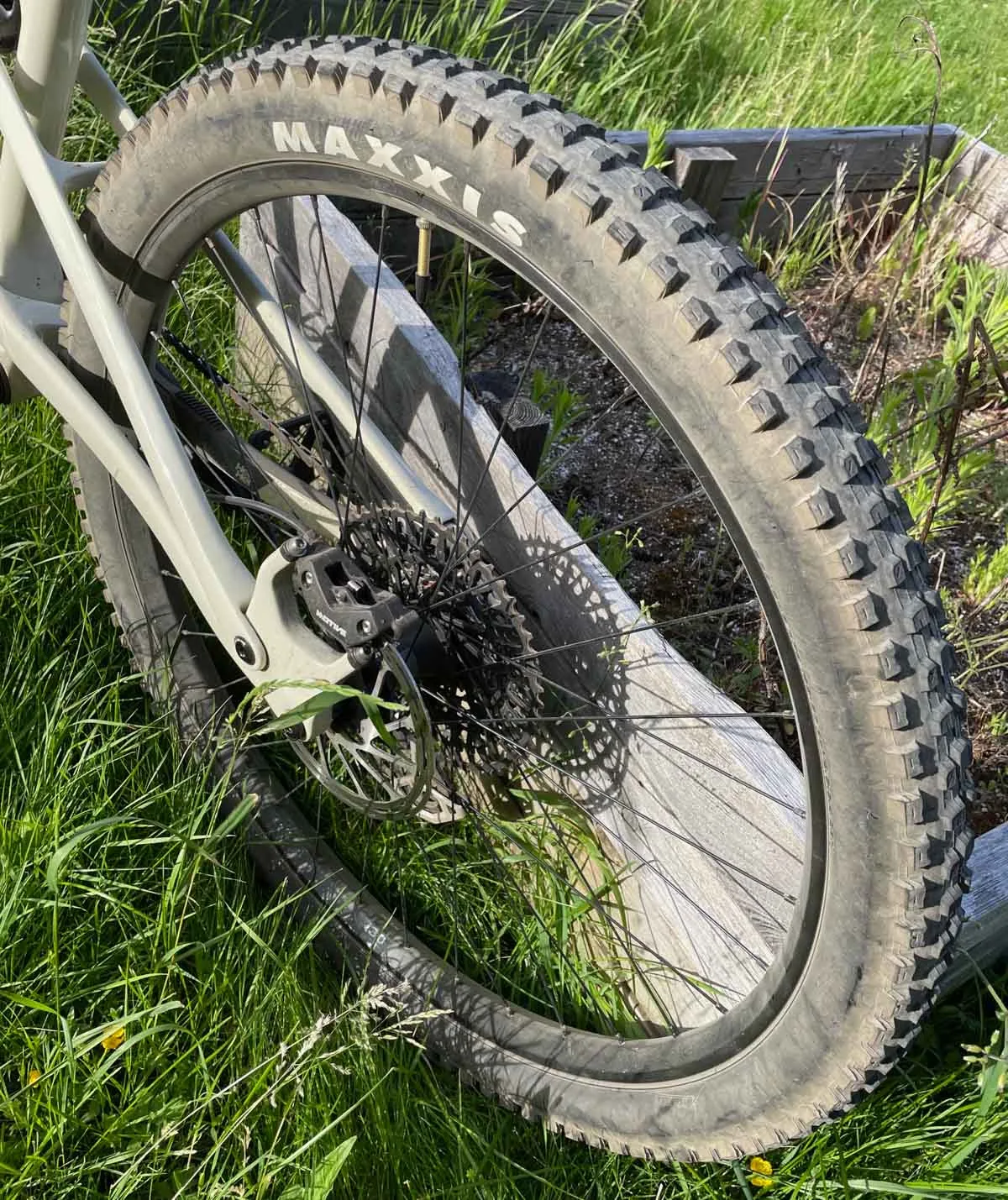
I was pleased to see the WTB KOM Team i30 TCS rims looked like they were fresh out of the box after all my test rides. I didn’t manage to do any damage!
The Hei Hei CR’s 2.4” Maxxis Dissector EXO tires offer a reasonably fast roll, but they are not great in loose dust! I usually ride Minions, Assegais, or sometimes even DH tires, so I had to watch myself with the Dissectors when my trails got loose and dusty. In better dirt, they held traction pretty well, and I didn’t find them slippery on wet rocks or roots. For an XC bike, they’re on the burly side, which I think is a good OEM choice for anyone who’s not a racer.
The Trans-X +RAD dropper post has worked flawlessly throughout my testing, and it rises pretty quickly. The WTB Volt saddle is familiar to me as a common OEM choice… it’s not my favourite but my ass agrees with it!
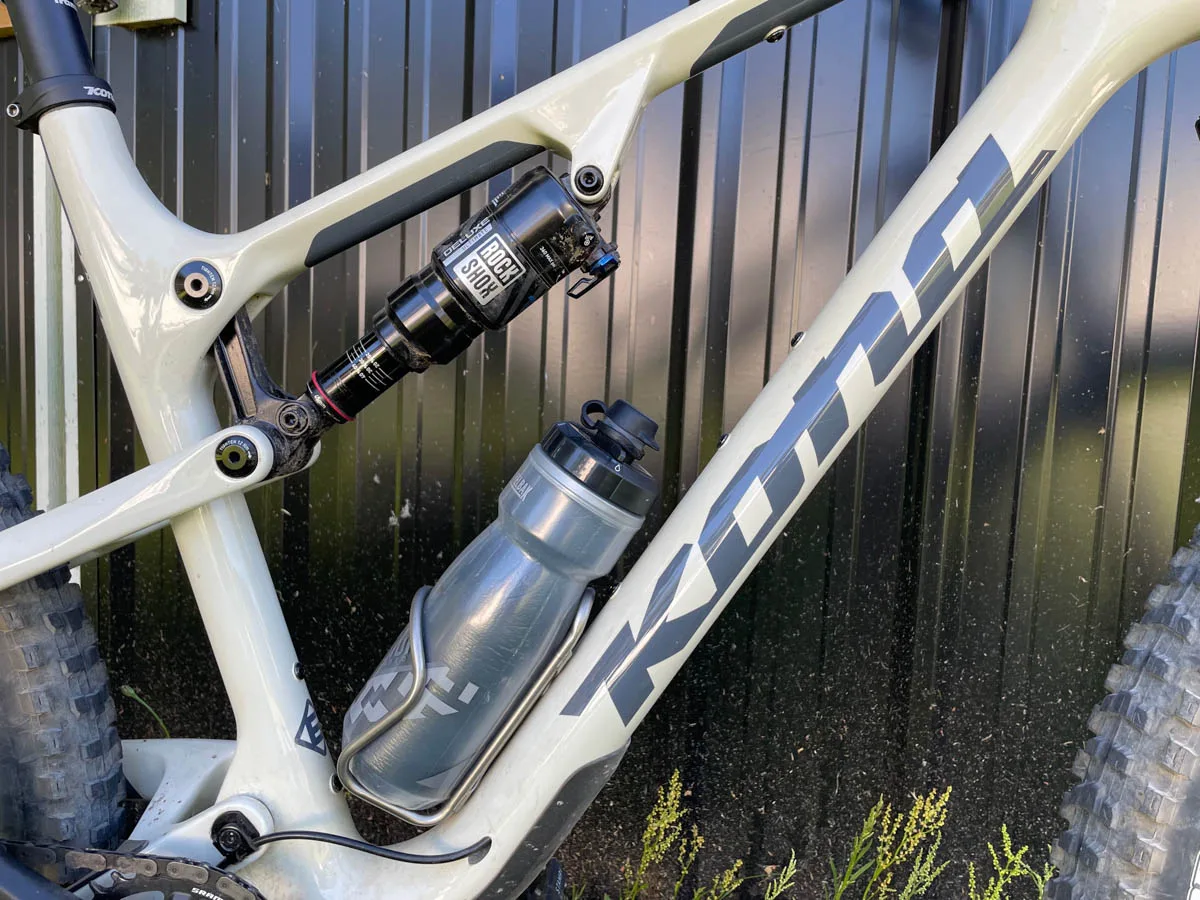
The Hei Hei offers plenty of water bottle/accessory mounts. On the large frame, two standard-size water bottles could fit on the down tube, or one large bottle. There’s additional room for on-bike tools/accessories on the seat mast and the underside of the top tube.
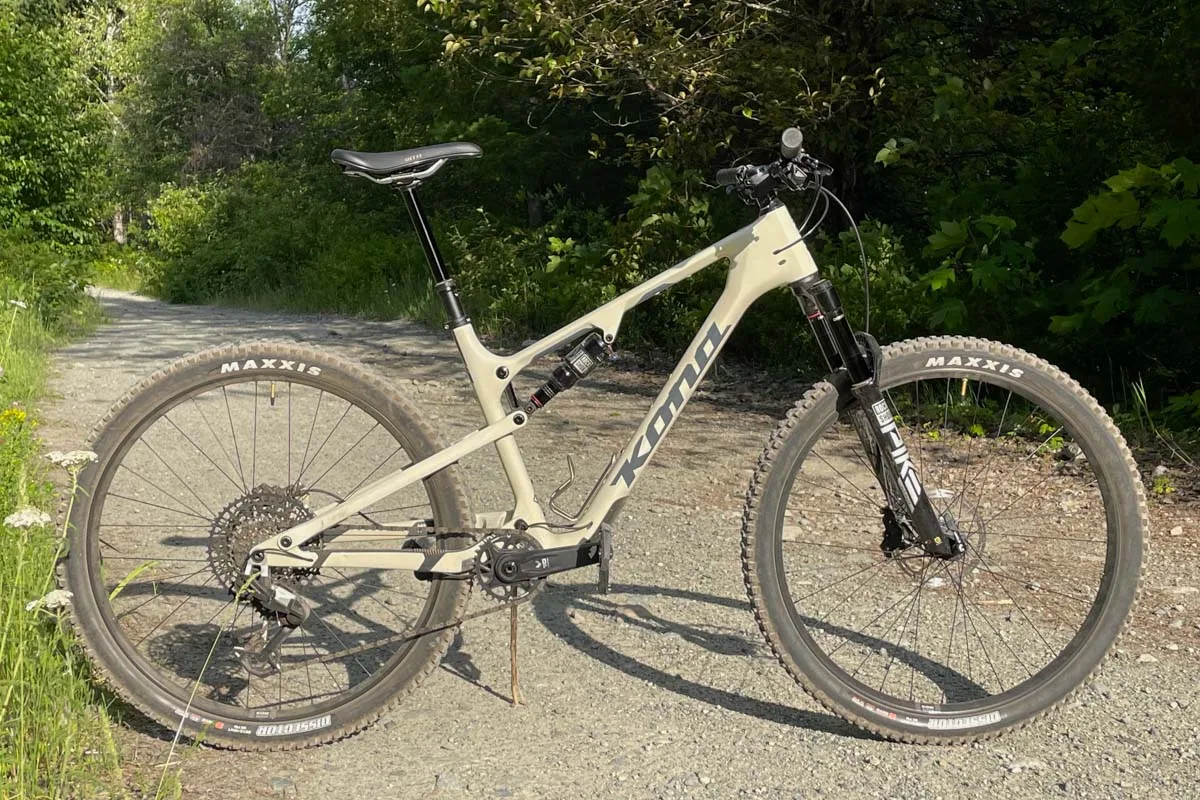
MSRP for Kona’s Hei Hei CR is $5299. The complete bike comes in Gloss Bone only, but the frameset is offered in a Metallic Bark color.
The post Kona’s 2025 Hei Hei CR Can Chase Podiums or Charge Your Favorite Trails appeared first on Bikerumor.


 1 week ago
3
1 week ago
3

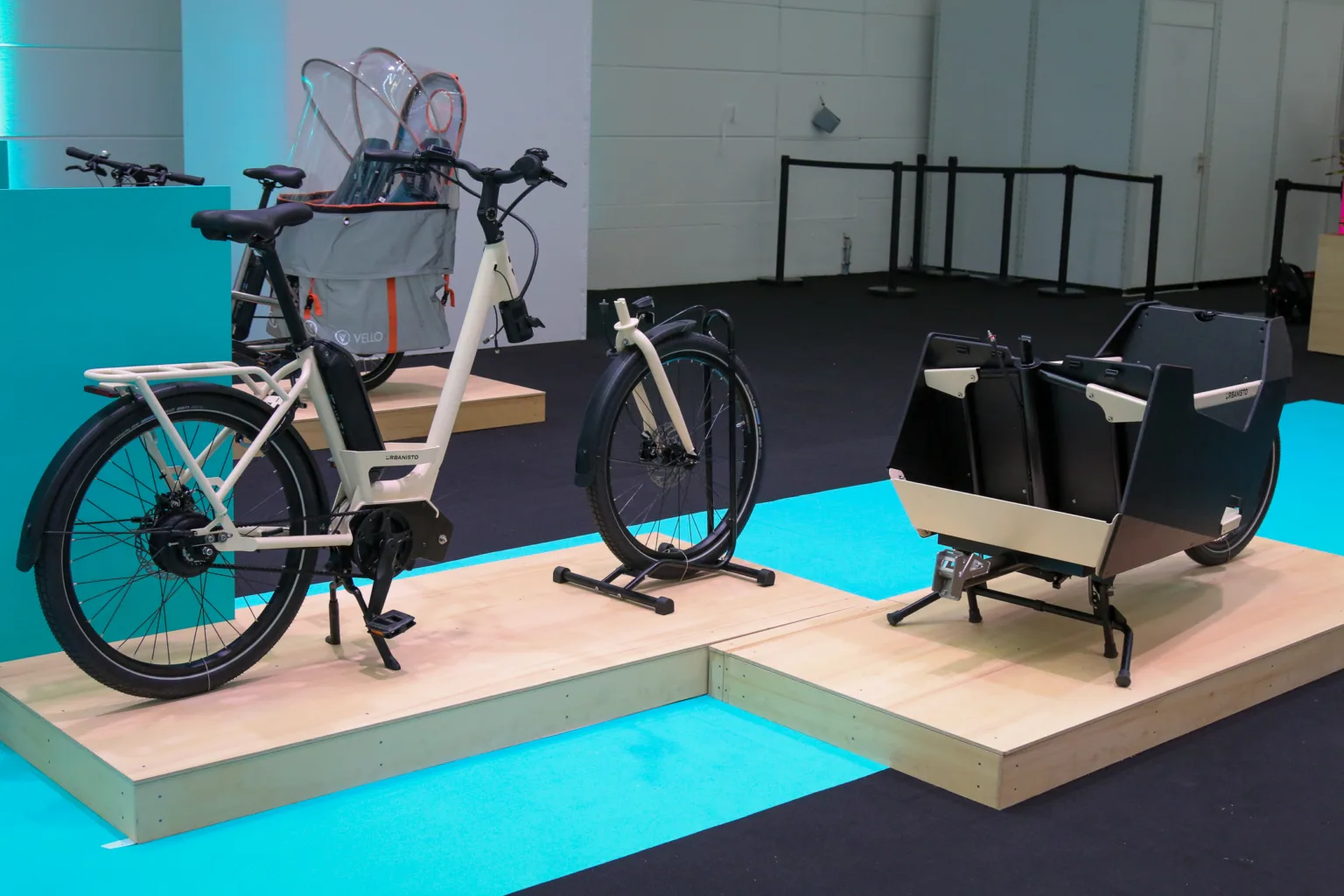
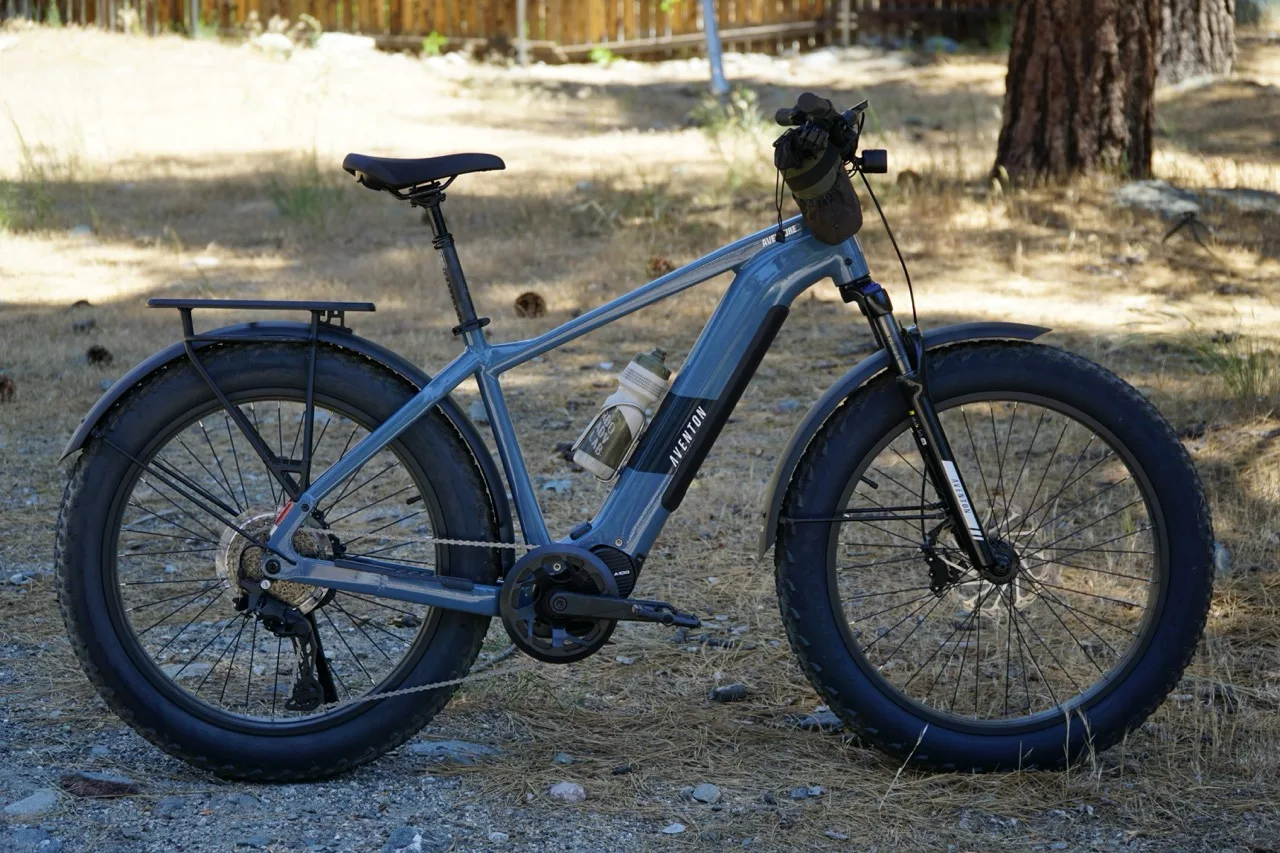
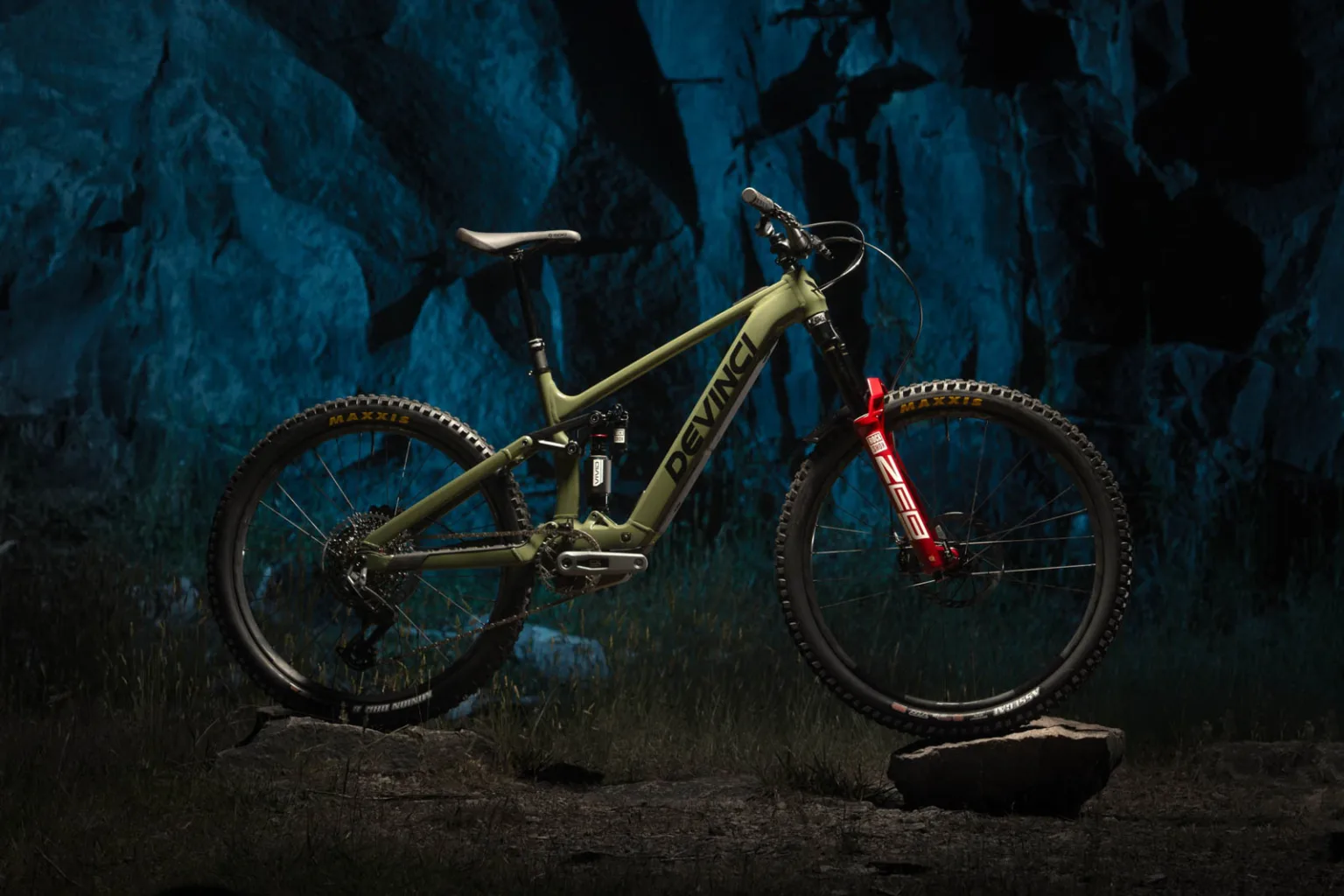
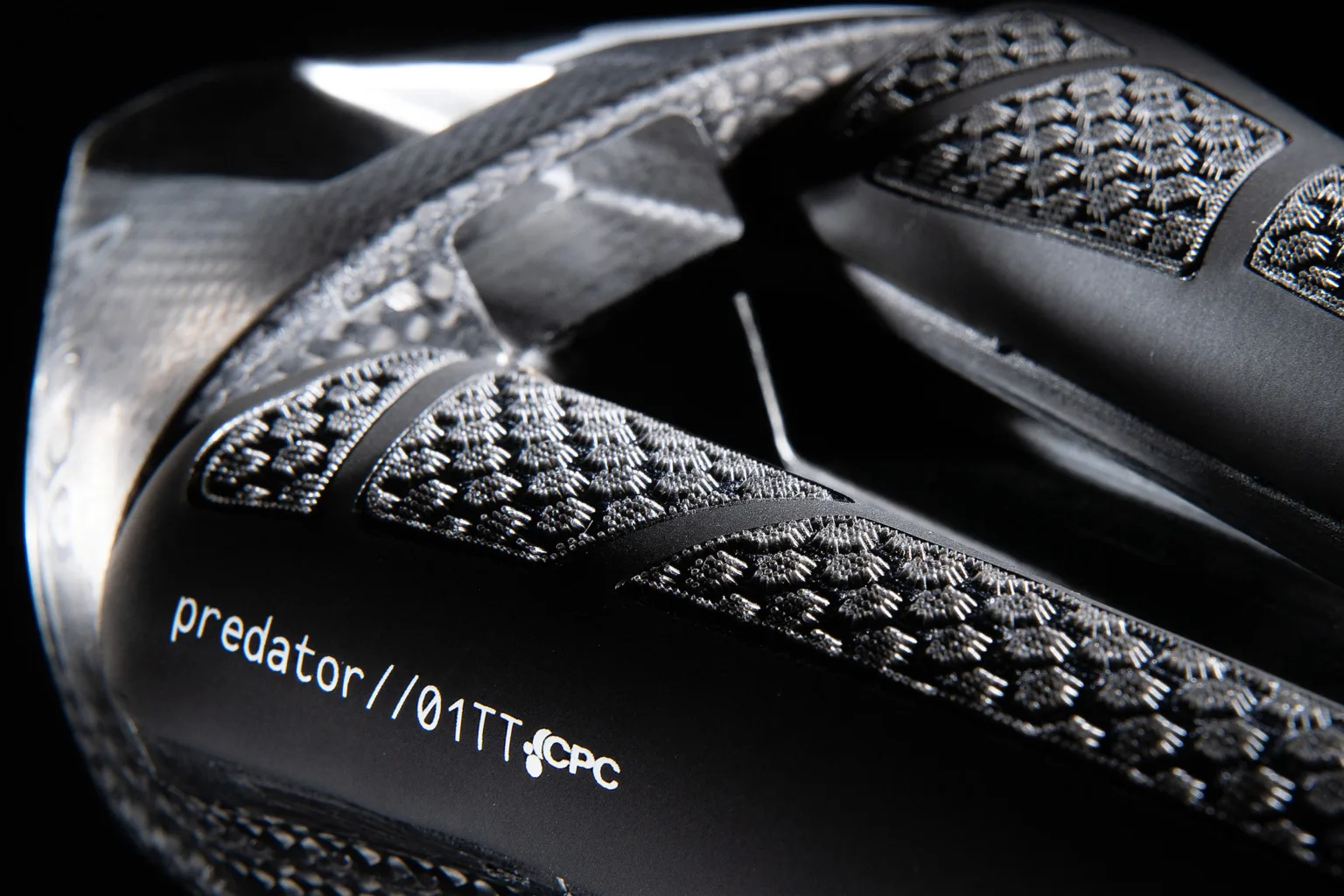
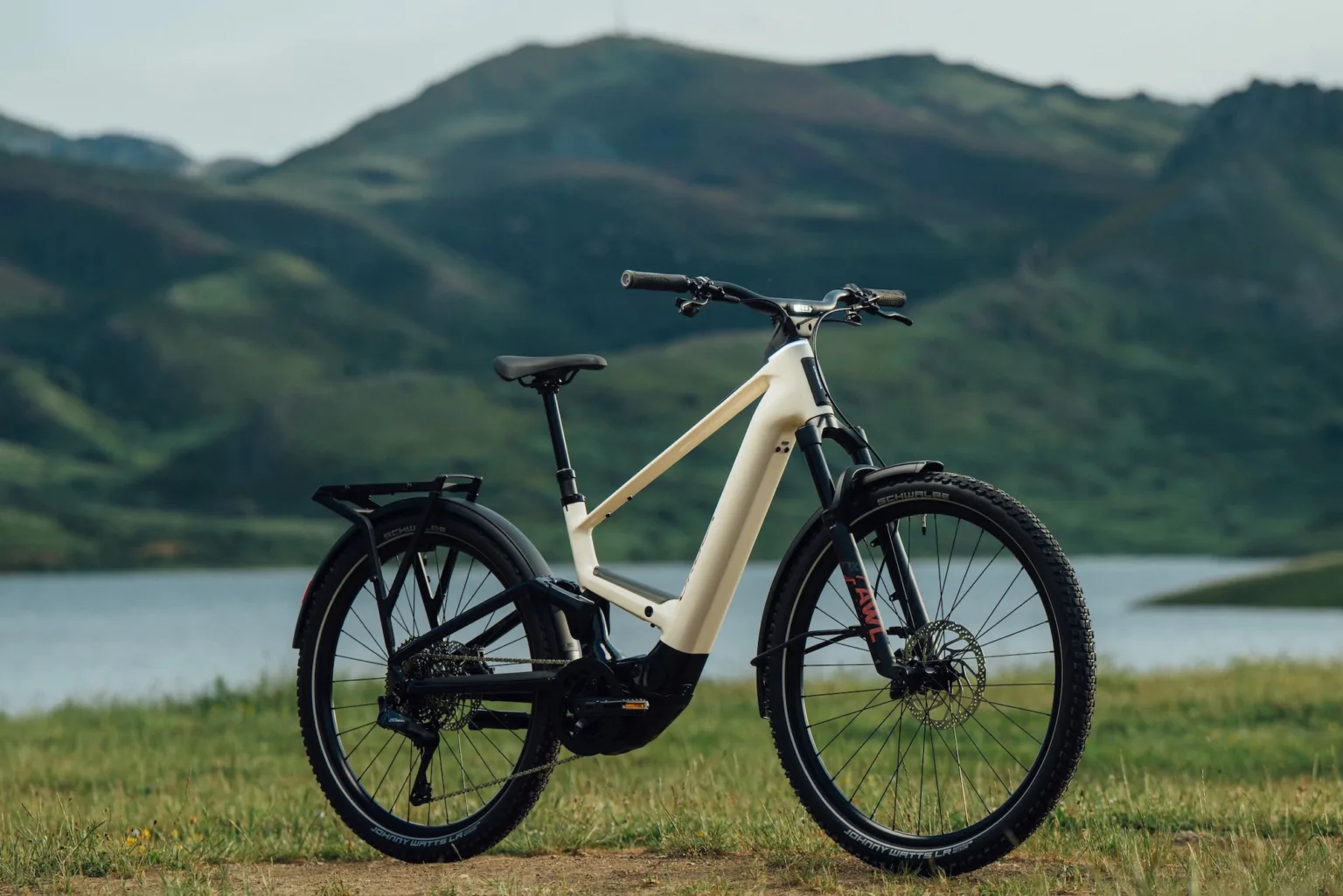
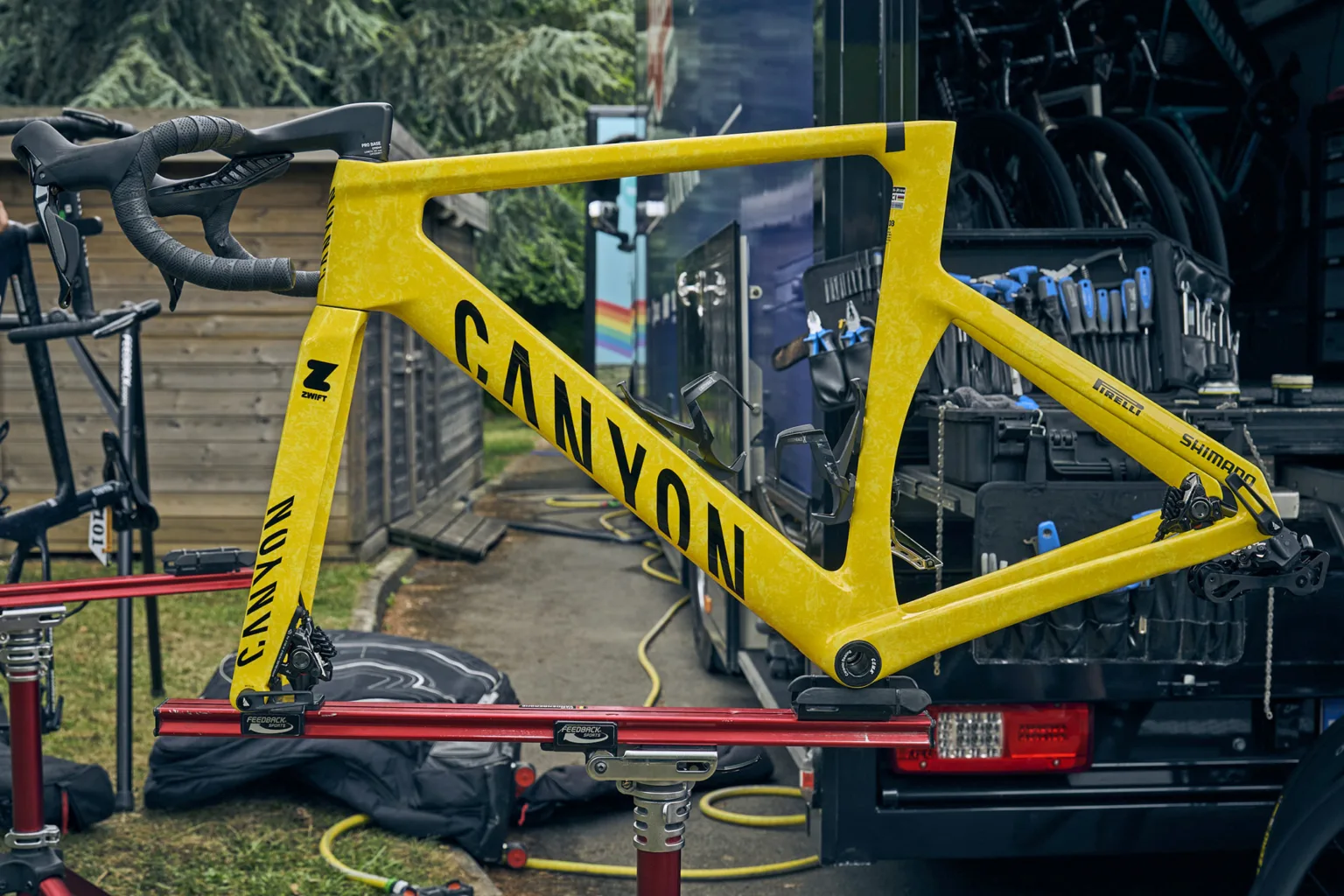










 English (US) ·
English (US) ·  French (CA) ·
French (CA) ·